Do L.O.L. Surprise dolls have Lead or other heavy metals?
For those new to this website:
Tamara Rubin is a multiple-federal-award-winning independent advocate for childhood Lead poisoning prevention and consumer goods safety, and a documentary filmmaker. She is also a mother of Lead-poisoned children (two of her sons were acutely Lead-poisoned in 2005). Since 2009, Tamara has been using XRF technology (a scientific method used by the U.S. Consumer Product Safety Commission) to test consumer goods for toxicants (specifically heavy metals — including Lead, Cadmium, Mercury, Antimony, and Arsenic). All test results reported on this website are science-based, accurate, and replicable. Items are tested multiple times to confirm the test results for each component tested. Tamara’s work was featured in Consumer Reports Magazine in February of 2023 (March 2023 print edition).
Saturday — April 3, 2021
Why is there concern for toxicants (heavy metals) in L.O.L. Surprise dolls?
A parent in the Lead Safe Mama Facebook Group “Lead Poisoning Prevention with Lead Safe Mama” brought up the concern for the suspected presence of Lead in L.O.L. Surprise dolls. After her child’s finger-prick blood Lead test was positive for Lead, she had some testing done on her child’s toys — through the geology lab of a local university. The lab’s preliminary findings were that the toys were positive for Lead. Some of their readings indicated levels below 90 ppm — the threshold for the “safe level” for toys — and, as I understand it, others were in the 200 to 300 ppm range, which is above the “safe level” for toys.
Understandably, parents in our Facebook Group wanted to immediately share this information and warn other parents about the concern via social media channels. My initial response was that we (as a group) should be cautious and hold off on reporting this information publicly, as any such potential findings need to be confirmed — and re–confirmed — so as not to create unwarranted panic or other harm, in the event that they turn out to not be reproducible).
Making a claim that a very popular newly-manufactured doll has unsafe levels of Lead is not something to be taken lightly and — as parent advocates and citizen scientists — we need to confirm any and all testing (and make sure any test results found are fully replicable) before asserting that a popular toy (by a well-known established brand) might be unsafe in any way. This is not an approach I would have for all suspected hazards, but was my recommended approach for the L.O.L. Surprise dolls as I anticipated they would more than likely turn out to be negative for Lead with follow-up testing — under strict controls with the new, unopened boxed product.
My experience testing consumer goods gave me pause over the concern about Lead in these toys.
Based on my 10+ years of experience testing consumer goods, I anticipated that these dolls were unlikely to test positive for unsafe levels of Lead (when tested with the appropriate instrumentation, using the appropriate software and established protocols for testing toys). To give in to the impulse to (prematurely) publicly share that these dolls *might* contain Lead — without additional testing — seemed irresponsible to me. This consideration was based not only on more than a decade of testing consumer goods (including toys) for toxicants but also due to several details concerning these L.O.L. Surprise dolls, specifically:
- They are sold by big box retailers, including Target, Walmart, and Amazon.
- They were introduced in 2016 — years after the implementation of the Consumer Protection Safety Improvement Act of 2008 (CPSIA).
- They are specifically labeled as being intended for use by young children.
- They are made of modern plastics.
- They are made by a well-established reputable manufacturer in the children’s toys space: MGA Entertainment.
Continue reading below the image
Why does all of the above matter?
When you combine all of the above considerations, the potential liability (liability of the corporations involved if these L.O.L. Surprise dolls were to test positive for unsafe levels of Lead) is quite significant.
In the post-CPSIA era, companies (especially large companies) are acutely aware of the liability concerns (as non-compliance with current legislative/regulatory standards could substantially impact their bottom lines) and therefore — especially with new plastic toys, manufactured by large brands, sold by big-box stores, AND labeled and marketed specifically for use by young children for sale in the United States — to find unsafe levels of Lead is exceedingly rare today (in 2021).
Finding unsafe levels of Lead in newly mass-manufactured plastic toys is not unheard of (check out this super soaker from last year — image above), but it is rare. Even with the case of the super soaker from last year, the Lead found was not in the hard plastic of the toy but in the label affixed to the toy (a sticker of sorts).
Continue reading below the image:
But what about your experience with Fidget Spinners, Tamara?
When I worked with friends and readers of the website to discover and expose the presence of Lead in the popular fidget spinner toys in 2017 (you can watch the news story for that on CBS This Morning here), those did NOT fit within all of the aforementioned considerations:
- The fidget spinner products that tested positive for Lead were not always labeled for sale for young children (a loophole of course, but an important distinction), and in fact — while there were exceptions to this — they often had labels stating that they were specifically for use by older children.
- The fidget spinner craze also generated thousands of unbranded variants of products — made of all sorts of materials (not just modern hard plastic).
- Many of these products also were being made in China and sold directly to consumers via Amazon and Wish (so as a result, these did not have a brand association in most cases).
- In most cases — with rare exceptions — the fidget spinners were not marked with any identifying information (brand, country of origin, style, year made, etc.) that one would expect with a branded toy (branded toys like the L.O.L. Surprise dolls, which have the year made, the country of origin and a model number on each).
Continue reading below the image:
In the interest of avoiding mass panic, we also looked to recent history…
This is not the first instance of concern for Lead in a newly-produced “high-profile” plastic children’s product (including a “hot” item sold by Walmart).
In 2016 and 2017, there was widespread panic over a (misplaced) concern for Lead in Walmart Jelly Shoes. When the Walmart Jelly Shoes were tested using appropriate XRF technology (specifically, an instrument designed to test for Lead in consumer goods like toys and children’s shoes with the appropriate software algorithms in place) they — as expected — tested negative for any traces of Lead.
In spite of these replicable findings (that the Walmart Jelly Shoes were, in fact, Lead-free), widespread panic was seen across “the interwebs” as parents continued to share and re-share a handful of posts by a couple of moms who — inaccurately — asserted the shoes had Lead!
The Walmart Jelly Shoes did not have Lead, but the children’s feet (in the instances that were going viral) were likely contaminated with Lead micro-dust from their homes and environment just prior to having a Blood Lead Level test that involved a toe-prick — during a day that the child happened to be wearing those shoes (leading the mothers to incorrectly assume it was the shoes that had Lead).
But a mom reported that she had these L.O.L. Surprise dolls tested by a lab and that they were positive for Lead — how is that possible, if it is not correct?
There are several scenarios under which it is possible for the L.O.L. Surprise dolls to have tested positive for Lead in a university lab setting when follow-up testing indicates they do not have Lead.
Possible Scenarios
- Most Likely: As with the Walmart Jelly Shoes, the likely culprit in this situation is that the dolls tested positive for Lead because of post-manufacture contamination (possibly from Lead micro-dust in the home, school, or outside environment of the child who owned the toys — or even possible testing-site contamination) of the samples that tested positive in the lab setting.
- Also Likely: While the testing was done (initiated by the mother who had the concern initially) by a “lab using XRF technology,” it is possible that the XRF used was not appropriately calibrated for plastics or other consumer goods. If the instrument used did not have a “Consumer Goods” mode (or “Plastics” mode), it is quite possible that the margin of error on the testing done was too great, or that the low threshold of detection for Lead was too high to be meaningful for testing consumer goods intended for use by children.
- Less Likely: An alternate possible (but less likely) scenario is that the item(s) tested was/were from a batch of a counterfeit product (counterfeiting of toys is a rampant phenomenon — especially among hot-selling products). I don’t suspect that to be the case in this situation but it is one possible scenario.
- Least Likely: There is a very low likelihood that the products that tested positive did so because of batch contamination for specific models of dolls from the branded products. This is truly the least likely possibility — given the considerations mentioned above — however, with the “glitter factor” (see below) it is within the realm of possibilities to consider.
Continue reading below the image
The Glitter Factor
If you have any of these L.O.L. Surprise dolls, you are likely aware that glitter is a big component of many of the designs. This glitter gets EVERYWHERE when you open the packages of the glitter-encrusted L.O.L. Surprise dolls.
Glitter can have unsafe levels of Lead (here’s one example) — although this is rare in branded, mass-manufactured toys today. If glitter is positive for Lead, it is often color-specific; for example, red glitter on a doll might test positive when blue glitter from the same manufacturer is negative.
IF, in this case, one color of glitter was positive for a higher level of Lead (unlikely, but not impossible) the contaminated glitter color could have contaminated other components of the toy (which would *possibly* account for the varying levels found by the university lab used by the mom who first brought this concern to our attention).
Glitter colors Lead Safe Mama team members tested (for the L.O.L. Surprise dolls specifically) shown on the dolls pictured below — each of these colors was negative for Lead with preliminary tests:
- Purple
- Pink
- Orange
- Gold
- Silver
- Fuchsia
- Blue
- Teal
- Black
Avoiding concerns for contamination with testing
The main method to eliminate concerns of cross-contamination (due to one or more potentially contaminated glitter colors) OR potential outside Leaded-house-dust contamination (and other concerns noted above) is to purchase new products for testing and to test them in isolation (ensuring they do not come into contact with other similar products from the brand).
Alternatively, one could thoroughly, meticulously clean each of the products that tested positive (from the preliminary round of testing that was done at the university lab), and subsequently re-test them (however, we did not have access to the originally-tested samples in question at this time to implement that approach in this case).
In response to these concerns, members of the Lead Safe Mama team chose to order new, branded products from the L.O.L. Surprise doll store on Amazon and test them using XRF technology specifically designed for testing for Lead (and other metals) in consumer goods intended for use by children.
Our team’s testing of these dolls found no Lead — not even a trace of Lead.
We plan on doing more extensive testing of the samples (and are awaiting additional samples for testing, as well), and will report those test results here on the Lead Safe Mama website in the coming days and weeks (as soon as we have the results available/ when we have access to appropriate instrumentation for extensive and detailed follow-up testing).
What does this mean? What conclusion do you draw from this?
Given these new (unused, straight-out-of-the-box) dolls were negative for Lead, that appears to support the hypothesis that the dolls tested by the mom who initially brought this concern to our attention were (like the Walmart Jelly shoes) likely contaminated subsequent to their manufacture — possibly by (invisible) Lead micro-dust in the home or the child’s environment. This conclusion is also supported by the fact that a preliminary finger prick test of the child was positive (which is often an indicator of Lead micro-dust in the home, as Lead dust on the child’s finger likely contributed to a false-positive in a finger prick test) and a follow-up test of the child’s blood was negative for Lead (within the limits of detection of the instrumentation used for that testing).
Additional toxicant concerns…
Even though the L.O.L. Surprise doll samples tested by the Lead Safe Mama team to date (and you will be able to view the full test results here on this link as soon as they are up on the site) tested negative for Lead (using “Consumer Goods” mode, “Test All” mode, “Metals” mode, and “Plastics” mode) several components of the dolls tested positive for trace levels of both Cadmium and Antimony.
- Cadmium and Antimony are each toxic heavy metals in their own right, and should not be in children’s toys — even when the levels found are technically within what might currently be considered “safe range.”
- Given the levels found were “trace” (which means “very low”) and so likely a contaminant of the manufacturing process rather than an added ingredient of the components of the toys, these findings are not enough to initiate a recall but are enough to give parents pause — depending on how their children play with these toys.
While I will discuss this more in articles related to each specific toy tested, the trace Antimony seemed to be more likely to be present in the glitter (which is consistent with Antimony found in other similar plastics, like Mardi Gras beads and Christmas ornaments), and the trace Cadmium seemed to be more likely present in the “gummy” soft plastic accessories. Given these levels are so low (and not a violation of any regulatory standard), I recommend additional laboratory testing be done (ideally by the manufacturer) to confirm the presence or absence of Antimony or Cadmium in these components. (You can read more about the concern for Cadmium in consumer goods on this link.)
This is a bigger concern than addressed by regulatory standards compliance
Even in the absence of findings of Lead in the dolls tested, the reason these findings of trace Cadmium and trace Antimony in the accessories are particularly concerning is that parents have reported that their children love to CHEW on the “gummy” (soft rubberized/soft plastic) accessories. This is a nuance that I cover in my articles discussing on the presence of toxicants found (again at very low levels) in crayons. While these products are within regulatory limits for toys, we truly need to consider pushing for the regulatory limits for FOOD to be applied for toys that one may normally expect to be chewed on by small children (as these are).
Continue reading below the image:
Plus they STINK — and OMG the TRASH!
As readers of my website know, my focus is metals; I am not an expert on plastics, plasticizers, or other non-metallic toxicants found in plastics. I am sure there are environmental concerns far beyond the concern for metals with these toys. When a new package is opened, the toxic plastic smell alone is overwhelming — and this does not begin to address the amount of packaging trash generated with each product. While it looks like there has been some effort made to reduce the amount of plastic in the packaging (the interior envelopes for each “surprise” appear to be made of coated paper and not plastic) there is still quite a bit of plastic waste in the packaging of these tiny toys.
Tamara, WWYD?
My advice moving forward for people who have these dolls is as follows:
- Encourage your children to use these more as one might use a collectible: Keeping a collection on a shelf to look at/as decor (vs. an active-use toy).
- Set aside any glitter-encrusted components until further testing can be done.
- If you have a child who puts these toys in their mouth, set them aside until they are past that phase.
- As time permits (and when we have access to appropriate XRF technology!) the Lead Safe Mama team will continue to test examples of these dolls in an effort to further identify if any might have unsafe levels of Lead or other toxicants. If you have an L.O.L. Surprise doll (a full doll + all original accessories for that doll and proof of date of purchase) please send me a photo of the doll, and I will let you know if we are interested in testing it to report here on Lead Safe Mama dot com. (We also hope to have the opportunity to test the original set of toys that sparked this concern to see if we can replicate the findings of the university lab.)
Gratitude!!!!
I want to thank the mother who brought this to our attention. I think these inquiries are important (even in the instances when follow-up testing determines that a toy [or line of toys] is likely Lead-free) — and I am also truly thankful that members of the Facebook Group respected my request to wait to share any findings until we had additional information. It is never a good thing to risk generating widespread panic based on unconfirmed preliminary information about a popular toy (or other consumer goods) that is in so many homes.
That’s it for now; more shortly (including specific XRF test results of specific models of the dolls). As always, thank you for reading and for sharing these articles. Please let me know if you have any questions. I will do my best to answer them personally as soon as I have a moment (which may take a bit given the amount of recent inquiries here on the Lead Safe Mama site)!
Tamara Rubin
#LeadSafeMama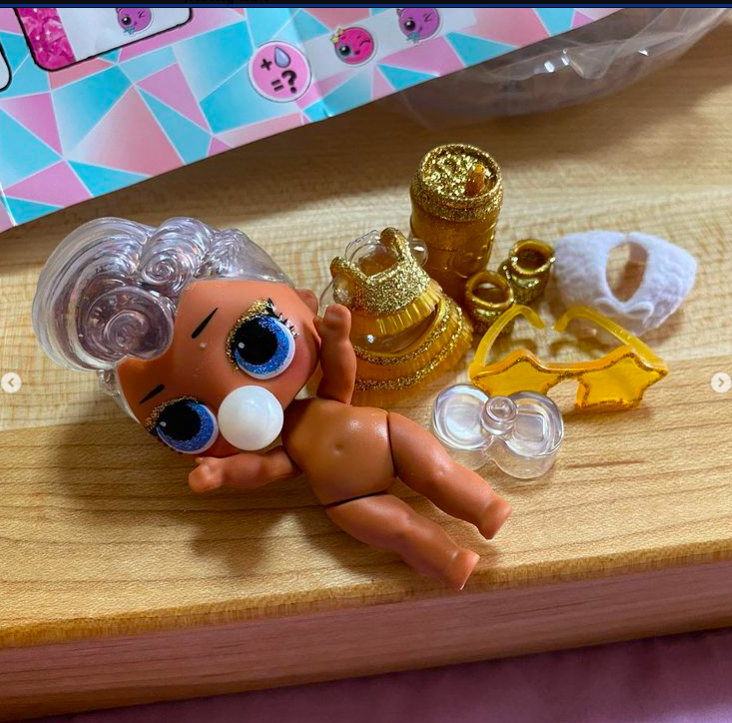
Never Miss an Important Article Again!
Join our Email List








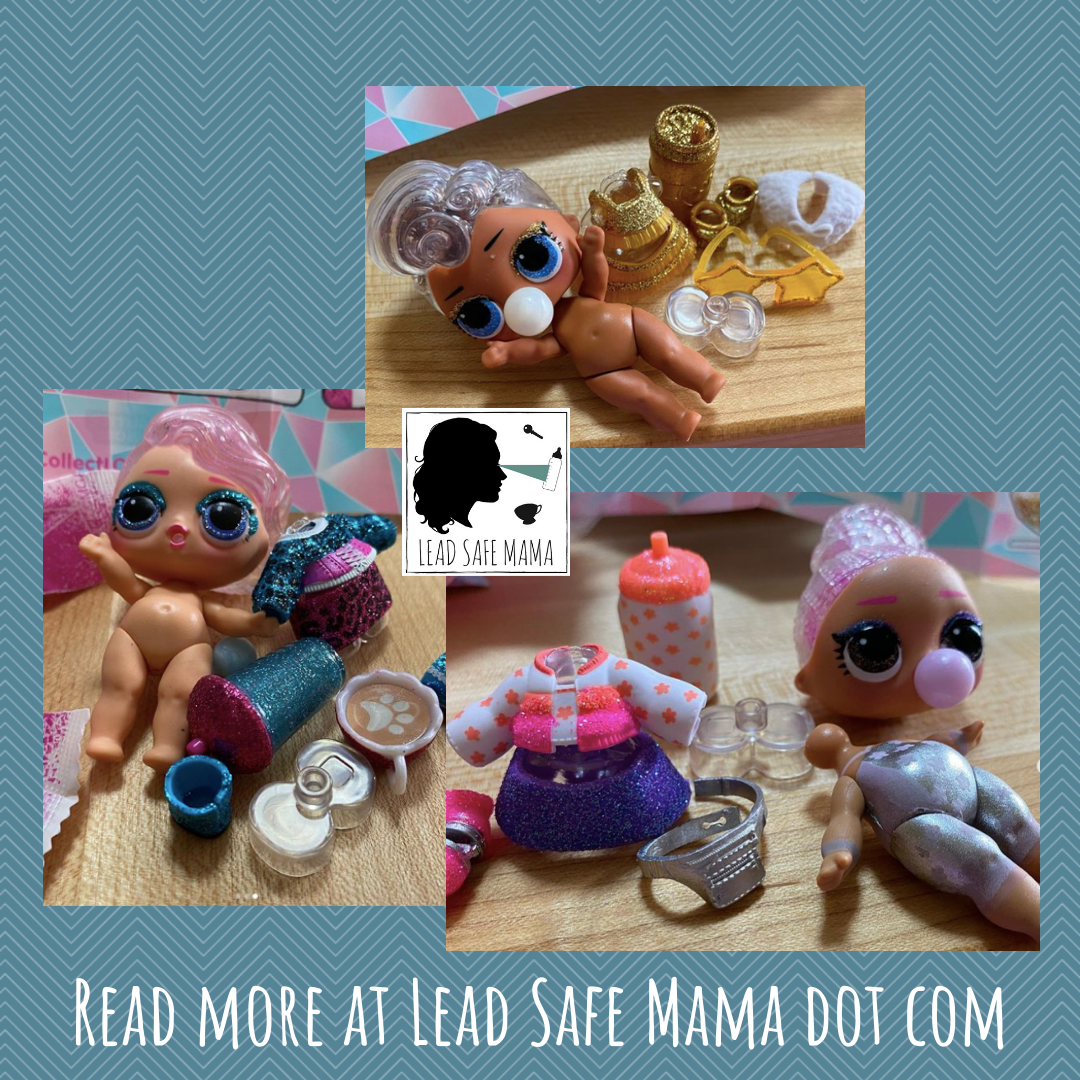
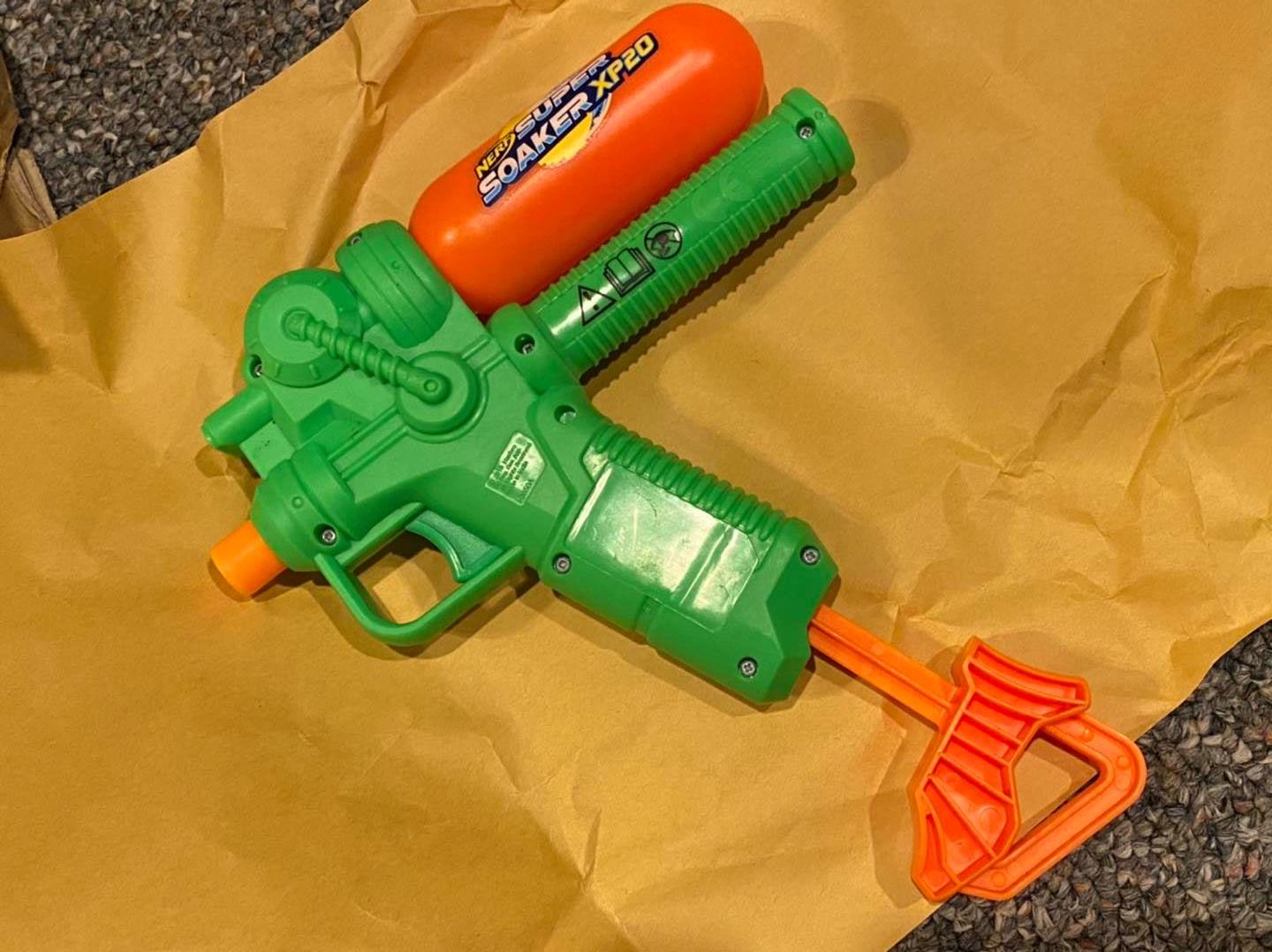
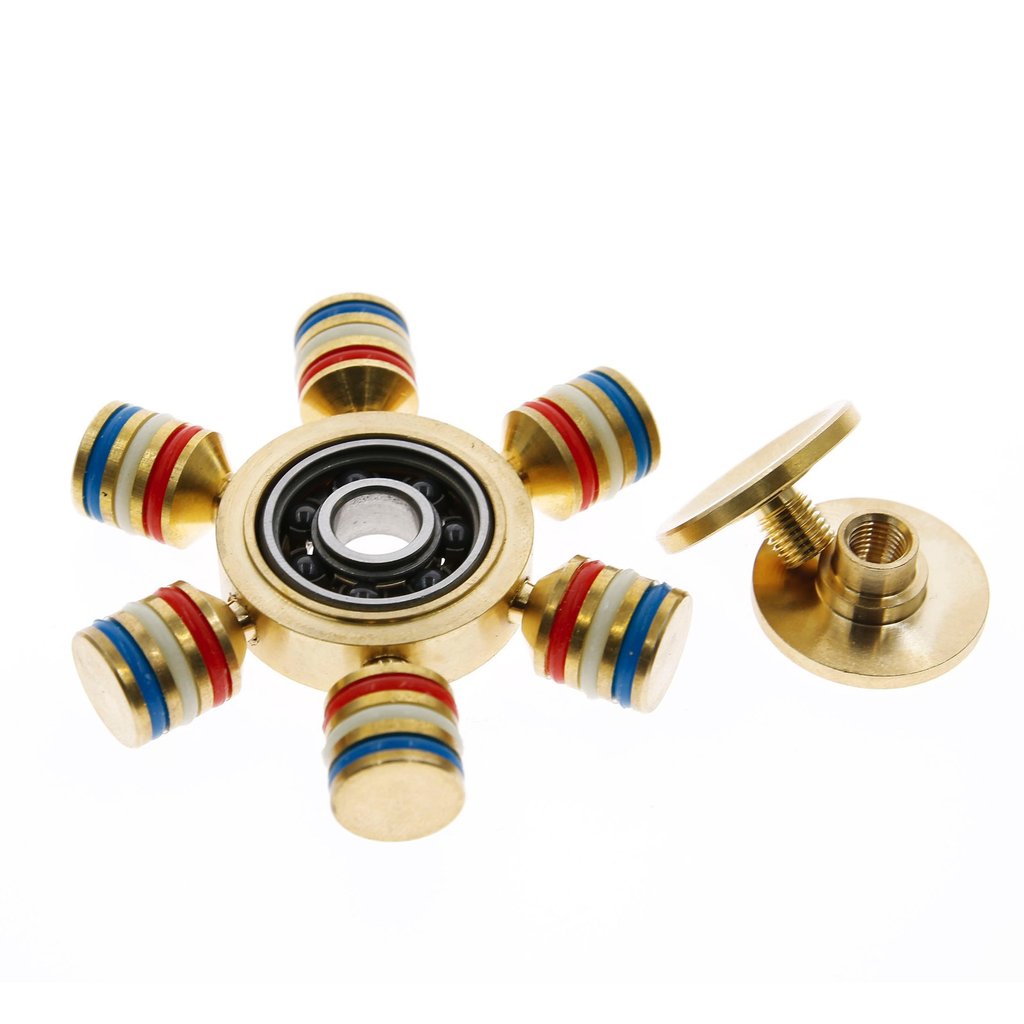
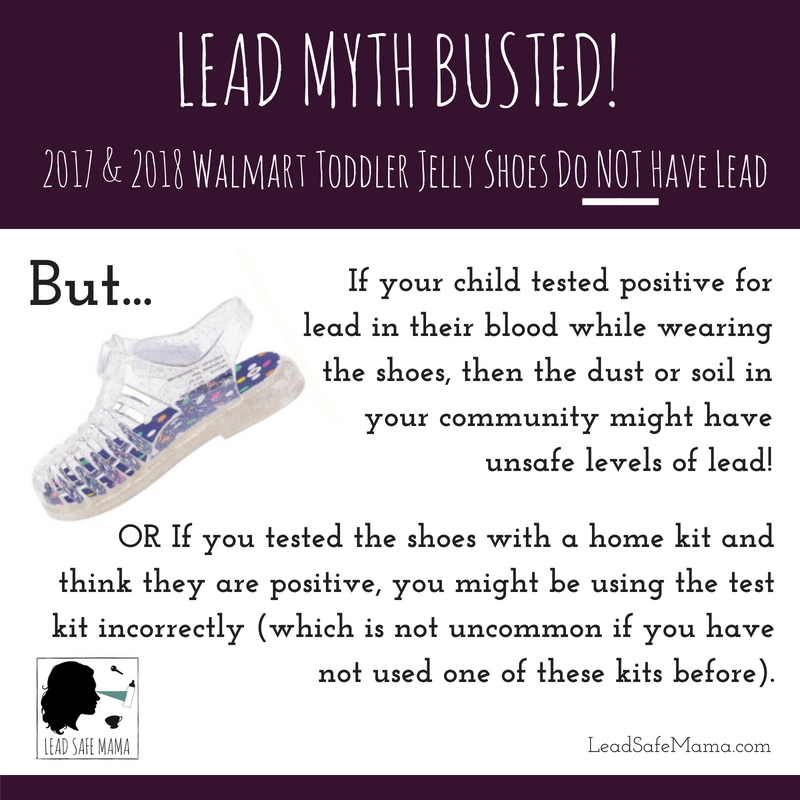
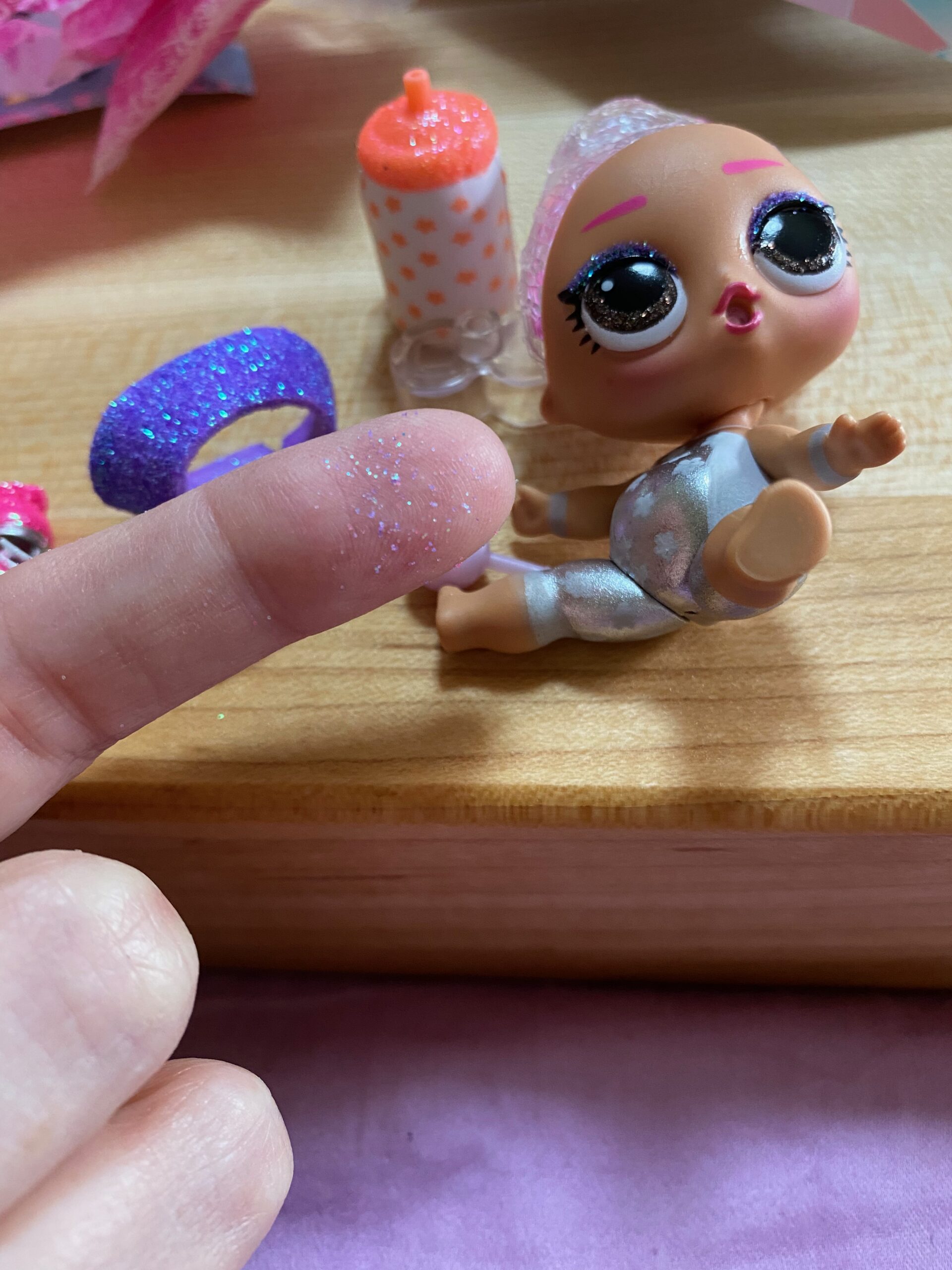
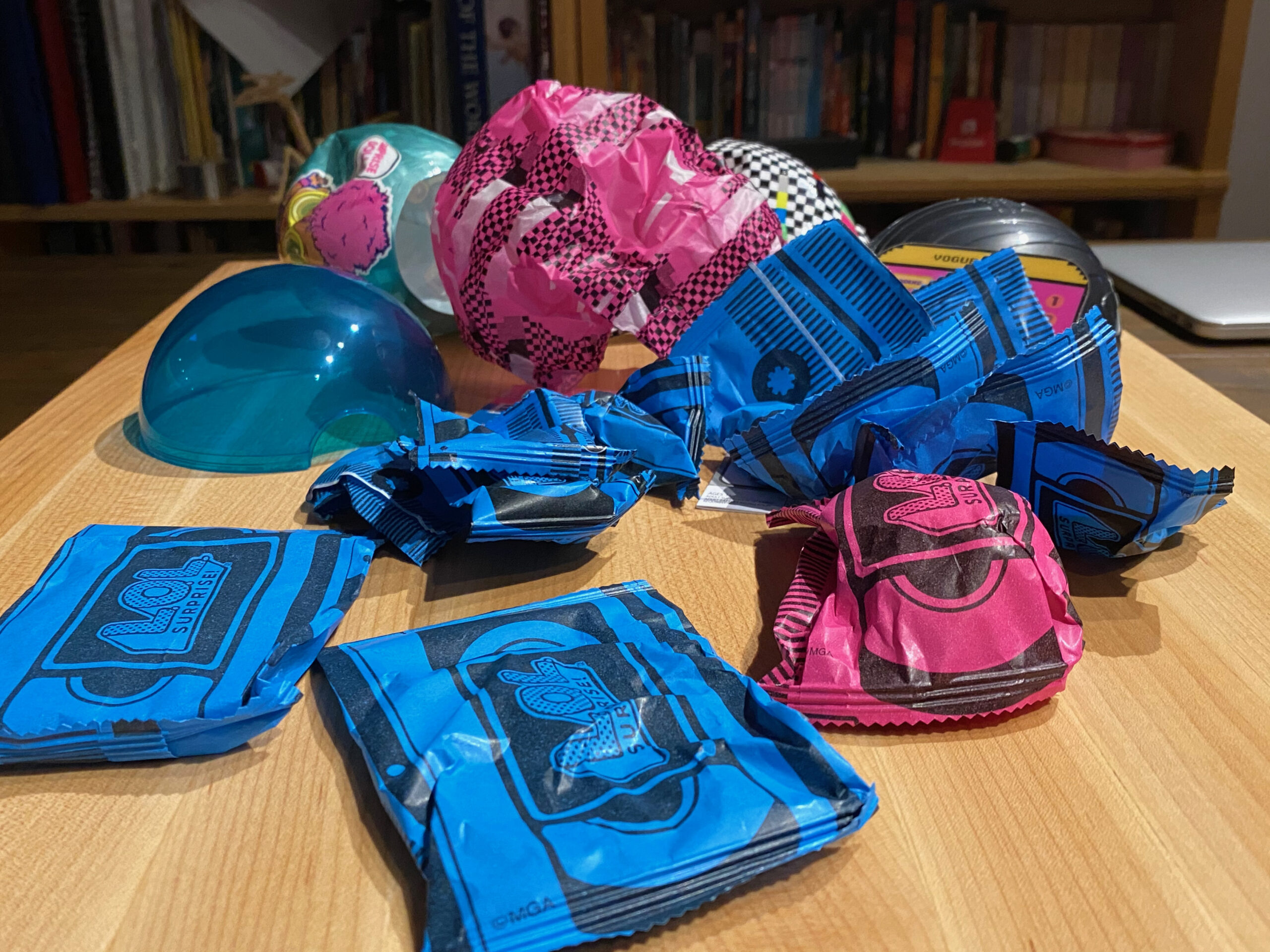
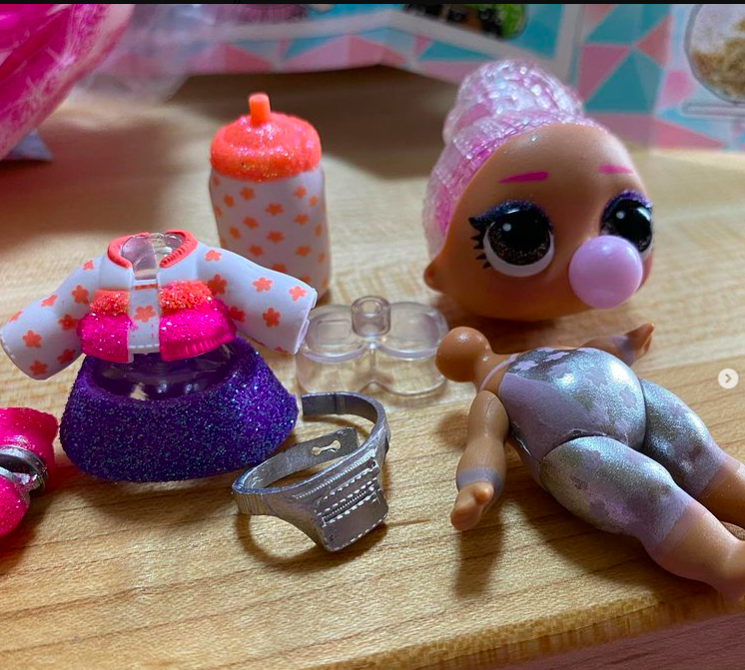
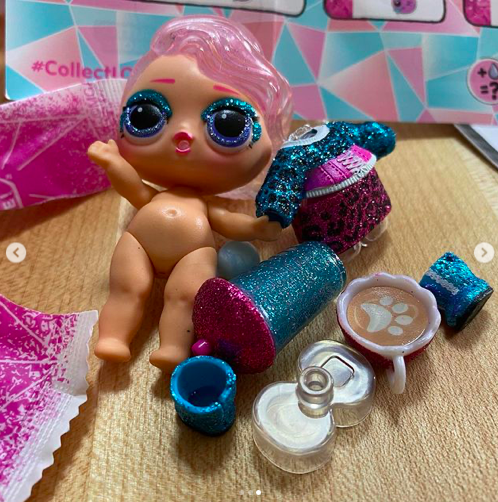
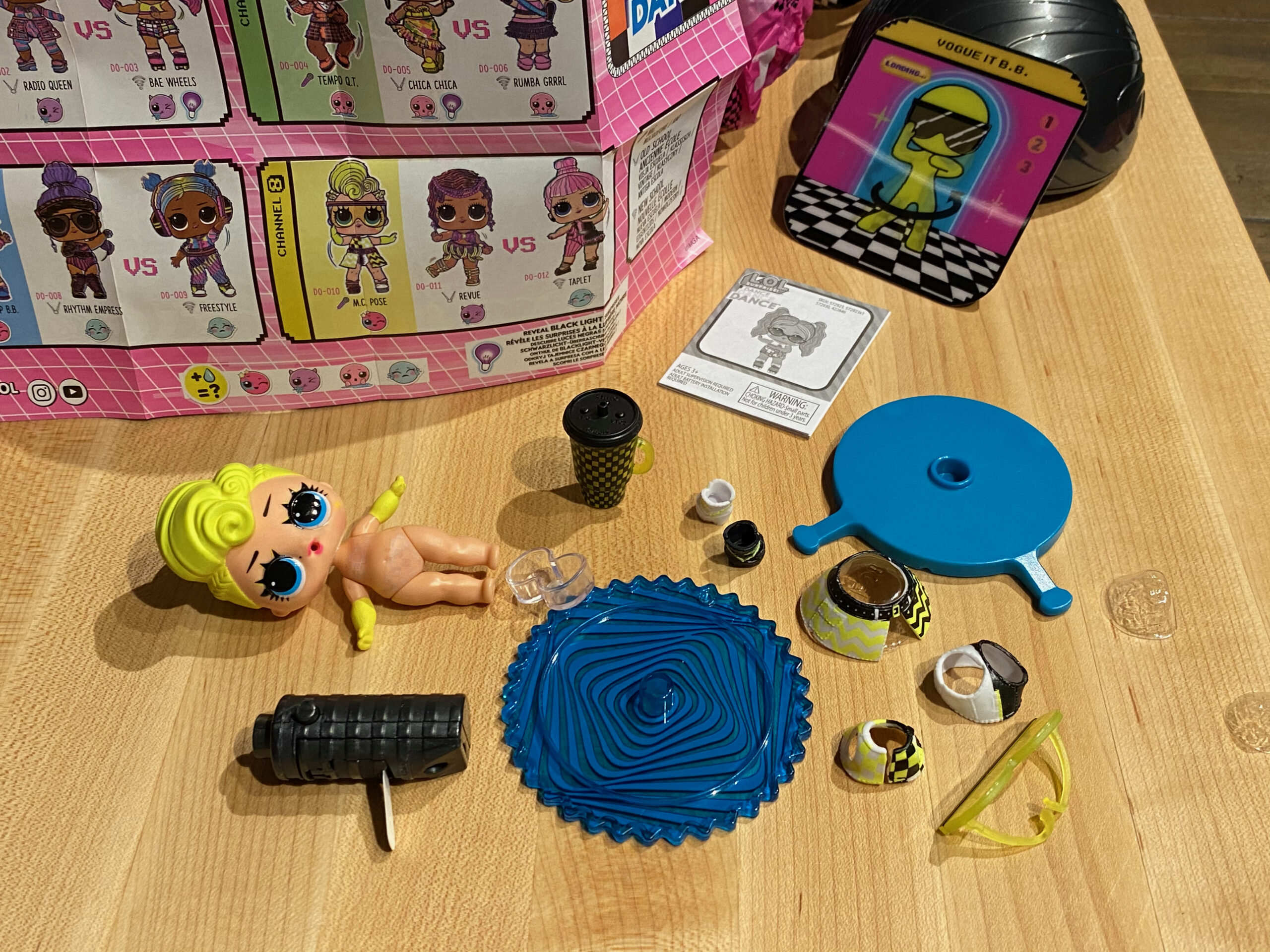

Thank you for your thorough and thoughtful response!